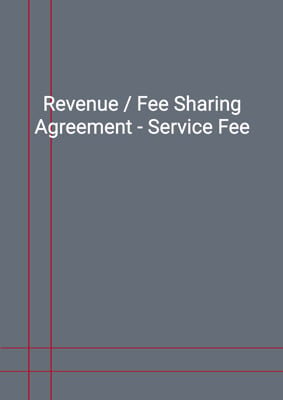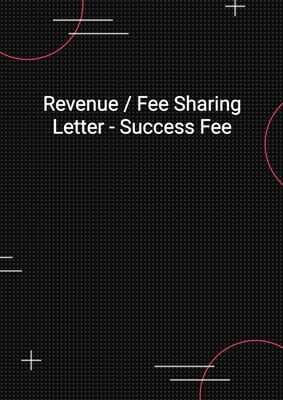How to Tailor the Document for Your Need?
01
Create Document
Click "Create Document" button and the document will be prepared with your account details automatically filled in.
02
Fill Information
Please fill in any additional information by following the step-by-step guide on the left hand side of the preview document and click the "Next" button.
03
Get Document
When you are done, click the "Get Document" button and you can download the document in Word or PDF format.
04
Review Document
Please review the document carefully and make any final modifications to ensure that the details are correct before sending to the addressee.
Document Preview
Document Description
The document titled 'Bill was Refused Acceptance' is an official communication from the sender to the recipient regarding a bill that was not honored by the bank. The document starts with the account holder's first and last name, followed by their job title and address. The date of the document is mentioned as the current date.
The sender begins the letter by expressing regret and disappointment that the bill was not met when presented to the bank. They mention that this is surprising considering the recipient's earlier promise to meet their obligations. The sender requests an explanation for why the bill was not honored.
Additionally, the sender makes a formal request for payment of the outstanding amount and states that they would appreciate receiving the remittance. They warn that if payment is not made, they will have no choice but to initiate legal proceedings for dishonor.
The document concludes with the sender signing off as 'Yours faithfully' followed by their first and last name, and their job title.
How to use this document?
To effectively use the document 'Bill was Refused Acceptance', follow these steps:
1. Fill in the account holder's first and last name, job title, and address in the respective fields at the beginning of the document.
2. Ensure that the current date is mentioned accurately in the designated field.
3. Address the recipient as 'Dear Sir/Madam' to maintain a formal tone.
4. Express regret and disappointment in a professional manner, highlighting the surprise at the non-payment of the bill despite earlier assurances.
5. Request an explanation from the recipient regarding the dishonored bill.
6. Make a formal request for payment of the outstanding amount and specify that the sender would appreciate receiving the remittance.
7. Clearly state the consequences of non-payment, mentioning the initiation of legal proceedings for dishonor.
8. Sign off the document as 'Yours faithfully' followed by the account holder's first and last name, and their job title.
By following these steps, you can effectively communicate the refusal of acceptance of a bill and request payment from the recipient.
Not the right document?
Don’t worry, we have thousands of documents for you to choose from:






































































